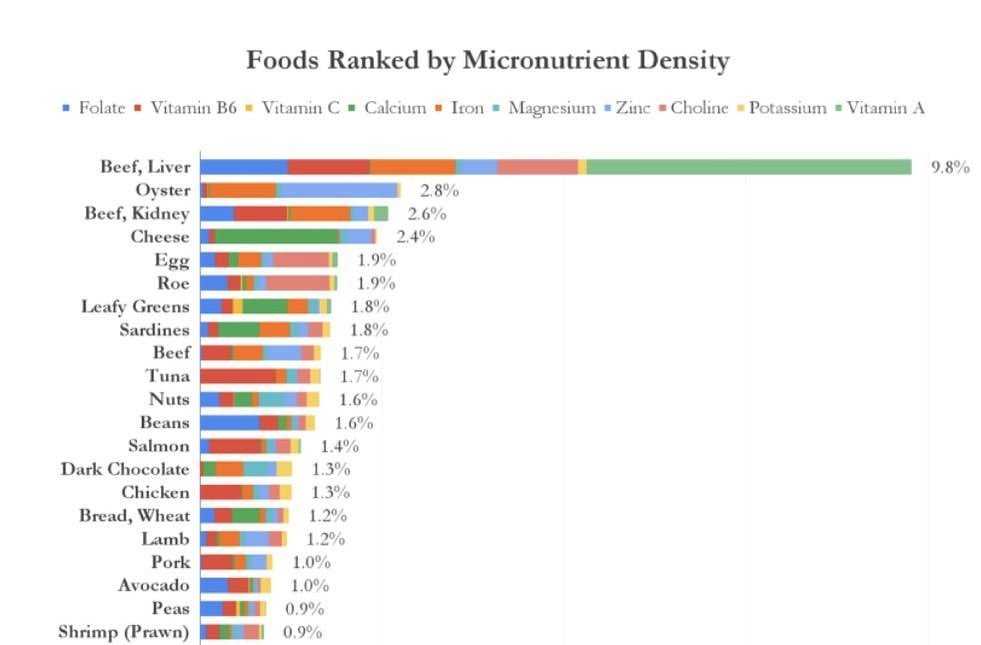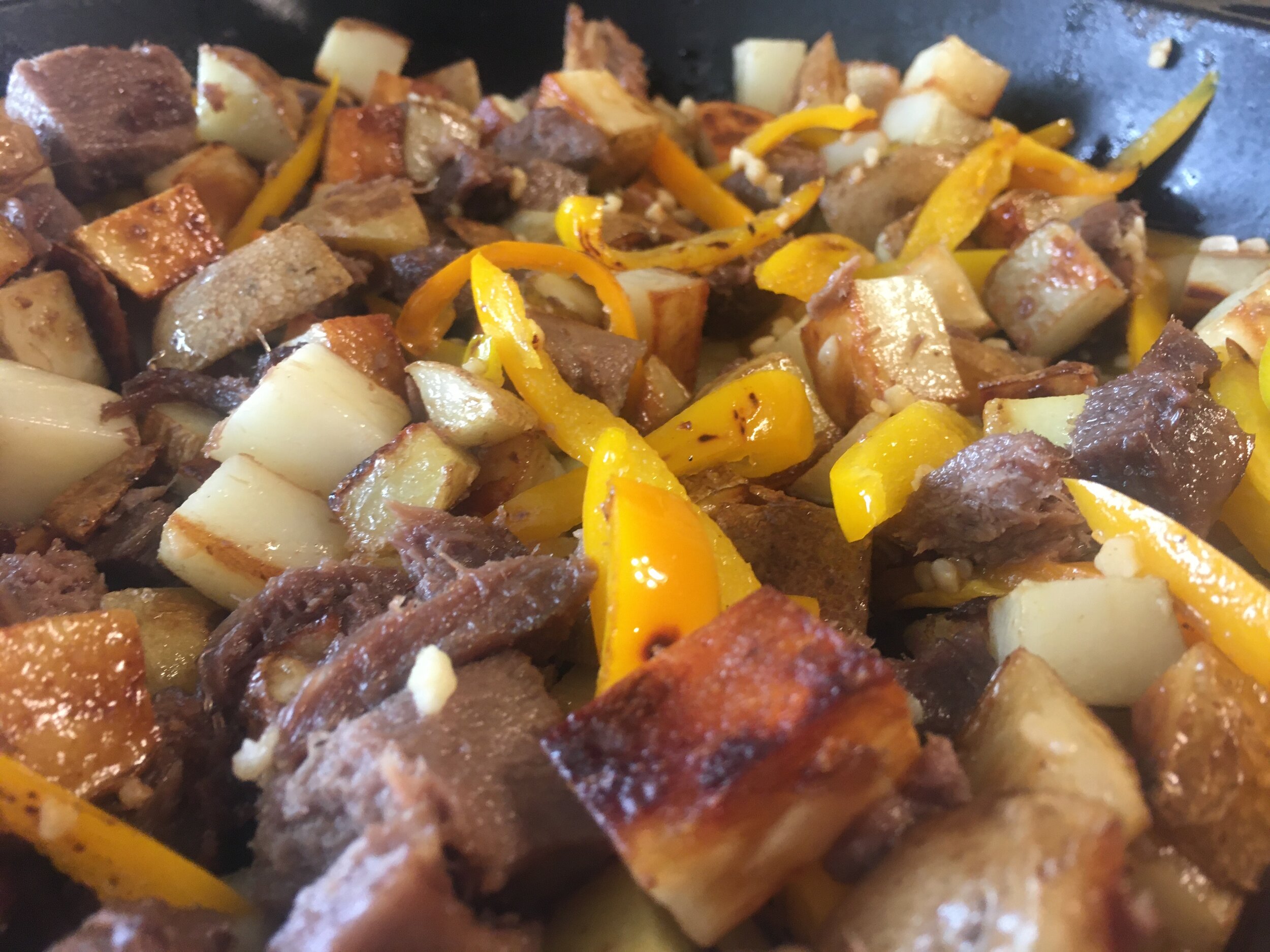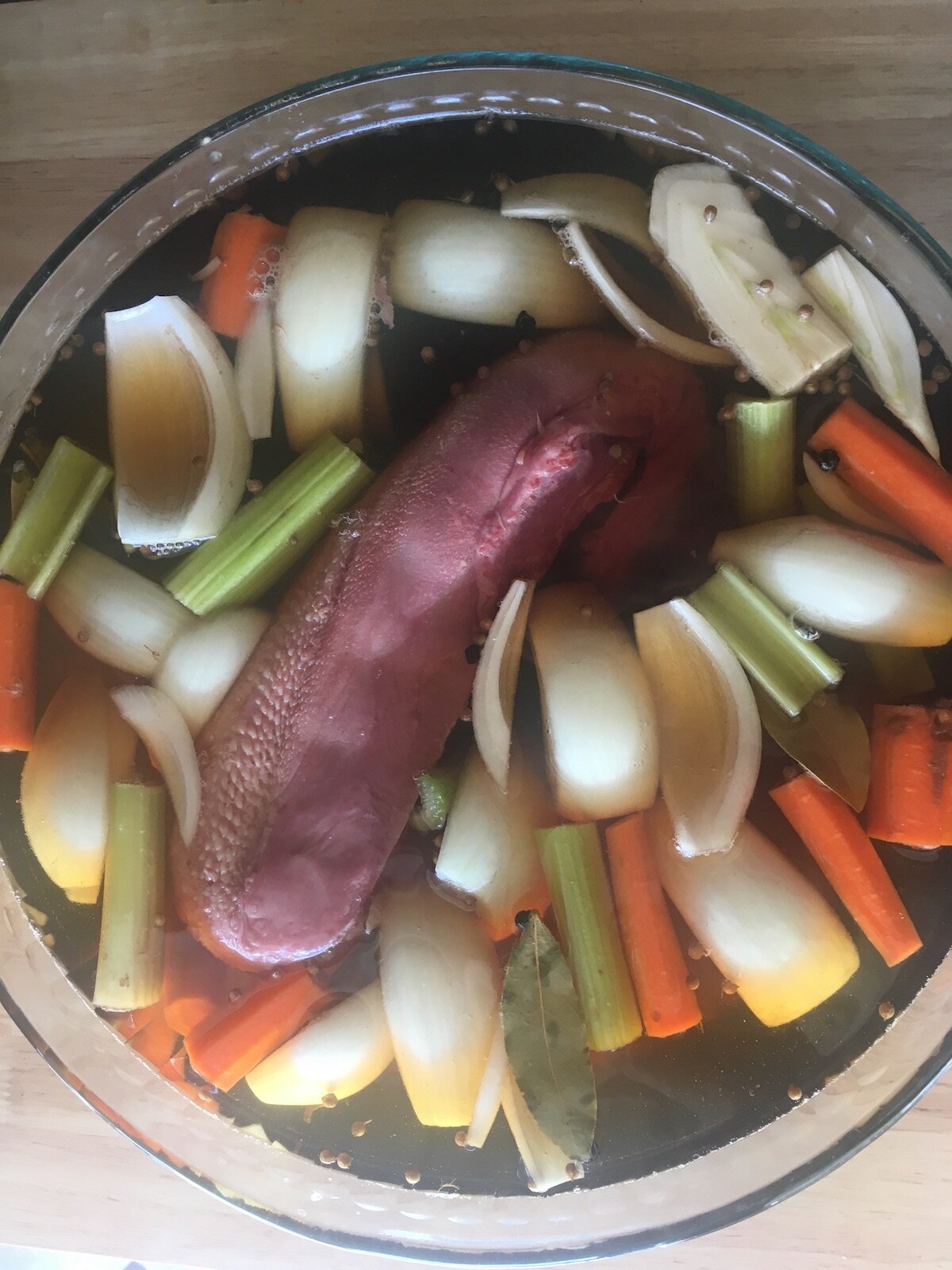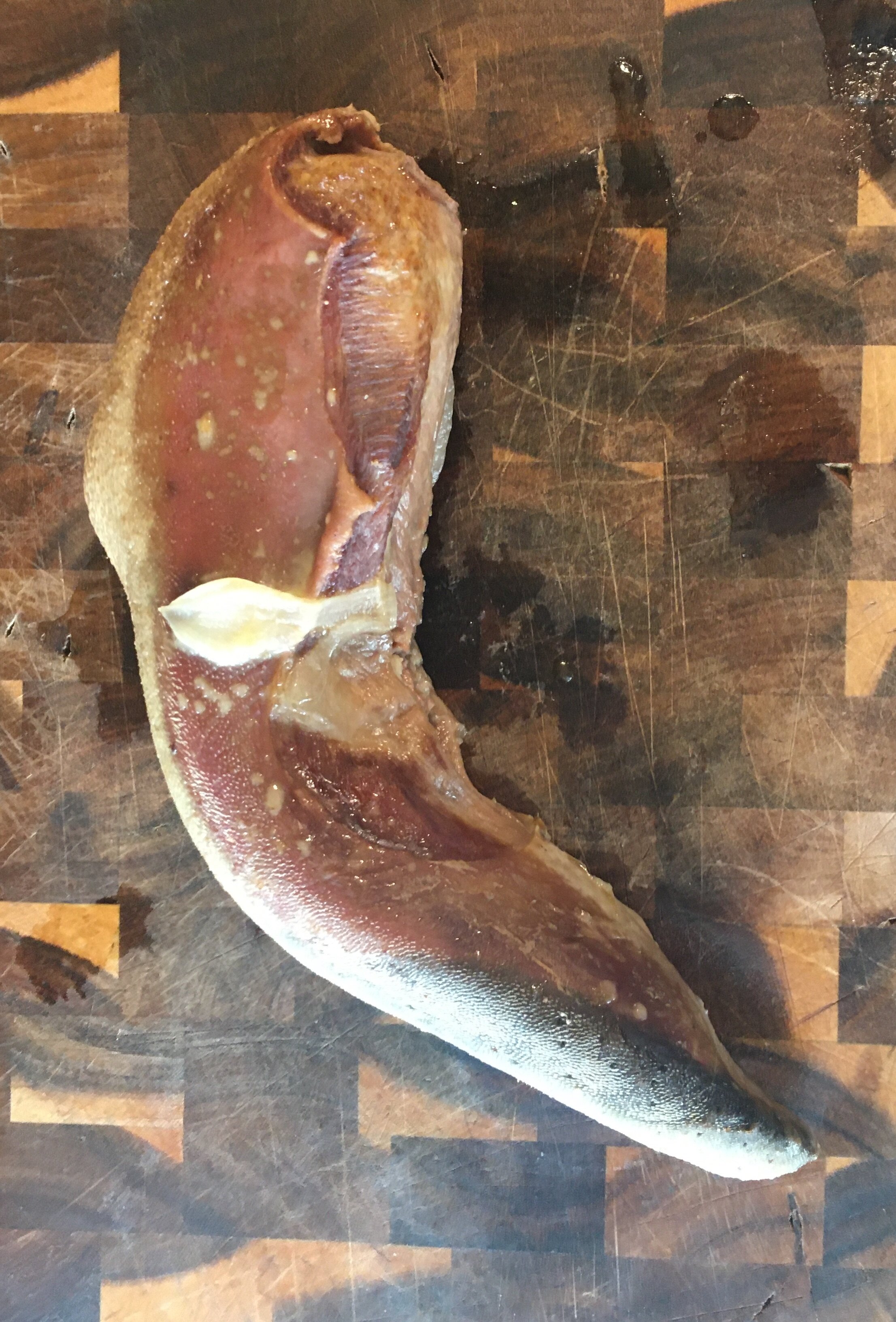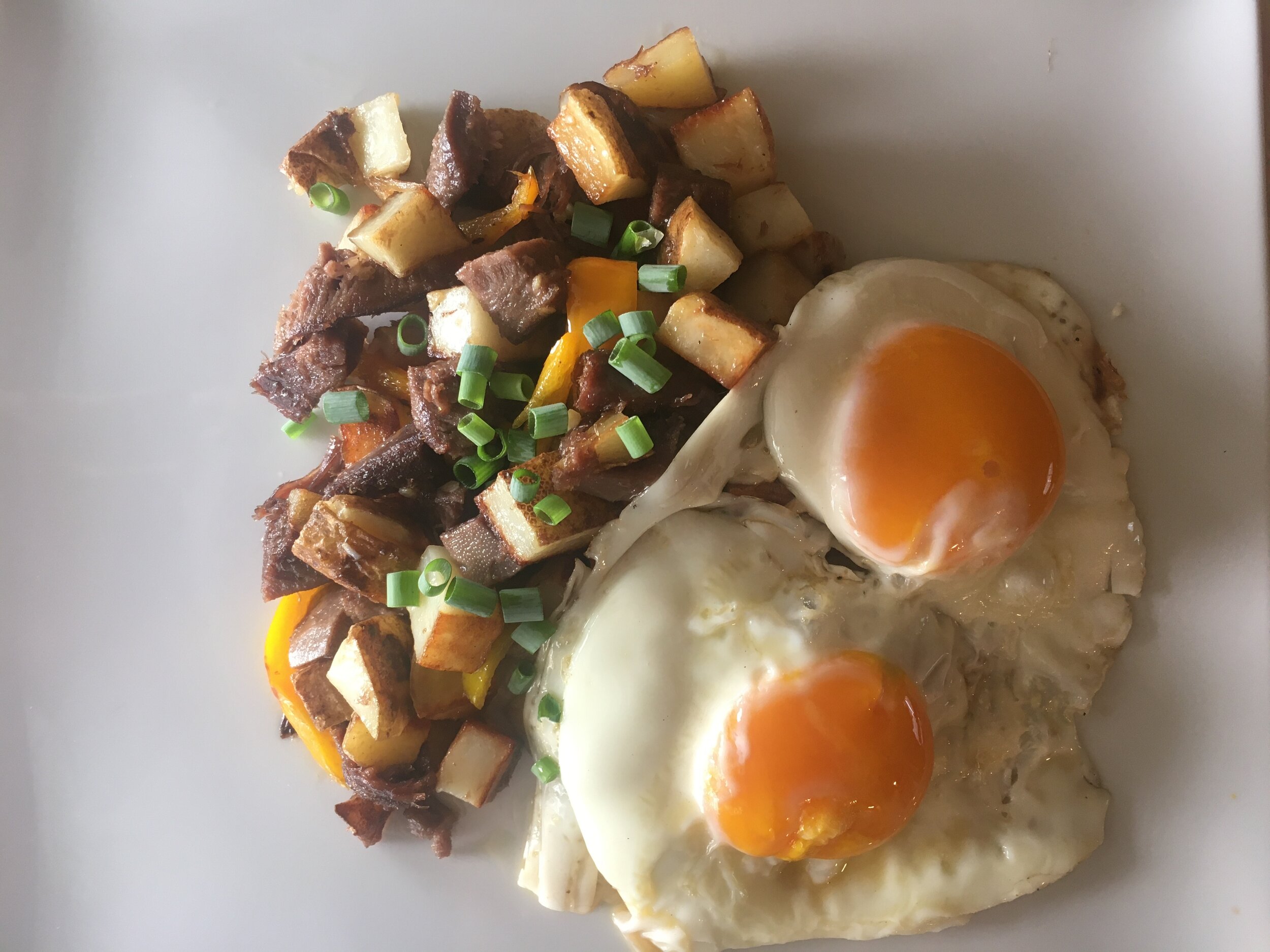Instant Pot osso bucco
Osso bucco is a classic northern Italian preparation of beef shank that is tender, comforting, and extra delicious due to the presence of bone marrow. Bone marrow is a nutrient dense food, and it’s a bountiful source of vitamin E, vitamin A, vitamin B1, and calcium.
Traditionally, beef shank is slow braised for hours, but this recipe uses the pressure function of Instant Pot to speed up cooking time. This osso bucco recipe is perfect for the holiday season when families are gathering round to celebrate and spend time together. The meat is tender and full of grass fed flavor, and the bone marrow is silky and savory, a real treat!
This osso bucco recipe was inspired by this blog post.
INGREDIENTS
¼ cup flour
2 Tbsp fat (oil, lard, tallow, butter)
Salt and pepper
1 onion, diced
3-4 carrots, peeled and diced
3 stalks celery, diced
2 Tbsp minced garlic
1 cup dry white wine*
½ cup broth (beef works best)
2 tsp chopped fresh rosemary
2 tsp chopped fresh oregano
1 can San Marzano tomatoes (14.5 oz), chopped
NOTES:
* One can substitute ½ cup apple cider vinegar mixed with ½ cup water for dry white wine.
METHOD
Seasoning Saint John’s beef shanks.
Season the beef shanks with salt and pepper then coat lightly with flour, shaking off the excess.
Select “Saute” setting on Instant Pot and when the display shows “HOT”, add 2 Tbsp cooking fat. When the fat is melted, sear the meat until browned on both sides, 2 minutes per side. Set meat aside.
While Instant Pot is still on “Saute” setting, add onion, carrots, and celery to pot and cook until somewhat soft, about 3-4 minutes. Add garlic and cook for 1 more minute, taking extra care to not allow the garlic to burn.
Pour in white wine and cook until it is reduced to half the volume.
Add rosemary, oregano, broth, and seared beef back to the pot. Pour in crushed tomatoes and stir well.
Osso bucco ingredients added to Instant Pot.
6. Select “Manual” setting and cook for 60 minutes on high pressure. When the cooking cycle is complete, release pressure after 10 minutes. Serve and enjoy while hot!
Instant Pot osso bucco
SERVING SUGGESTIONS
Bread is a must, spread the bone marrow on top!
Roasted root vegetables or mashed potatoes
Sauteed winter greens
Enjoy this preparation of grass fed beef shank! When you try this recipe, let us know by tagging us on Instagram or Facebook.















